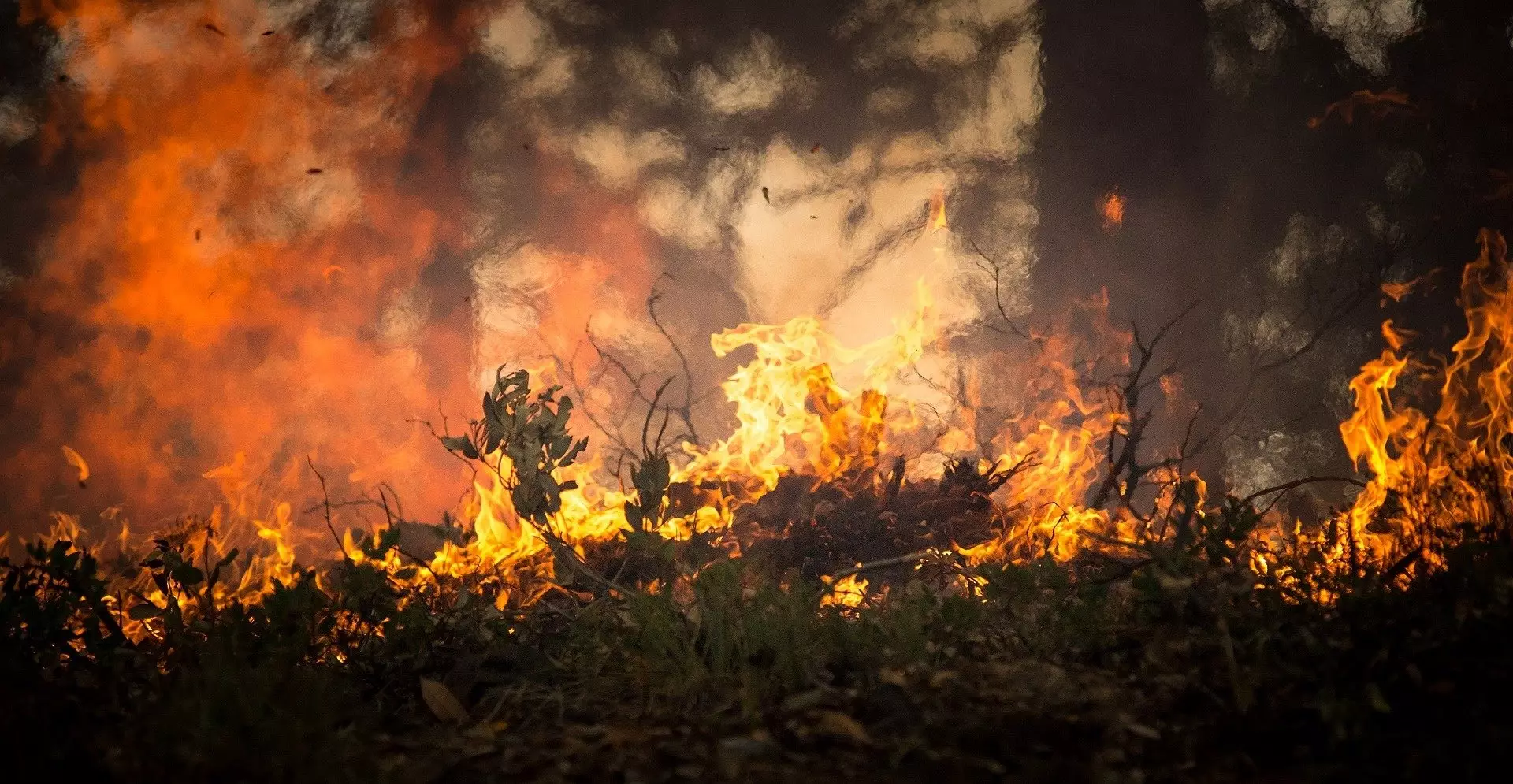Recent research reveals a troubling trend in South America: the simultaneous occurrence of extreme heat, aridity, and high fire risk is growing alarmingly frequent. Since 1970, certain areas of the continent have witnessed an up to threefold increase in the number of days when these conditions overlap. This finding is pivotal considering the urgent climatic challenges faced globally, as South America’s climate warming parallels the global average. However, the nuances within the continent’s climate dynamics necessitate urgent attention, revealing that some regions are particularly vulnerable to these compounded climate extremes.
The interaction of extreme heat and dryness with amplified fire risk does not merely present isolated threats; the consequences resonate throughout ecosystems, economies, and public health. Researchers led by Raúl Cordero meticulously examined nearly five decades’ worth of climate data, focusing on grid cells measuring approximately 30 by 30 kilometers. Their analysis unraveled concerning trends published in the journal *Communications Earth & Environment*, demonstrating a significant uptick in days characterized by overlapping climate extremes. The researchers elucidated that regions bordering Venezuela and Colombia, along with parts of the northern Amazon and sections of the Río de la Plata basin, have experienced some of the starkest increases—qualifying them as critical areas of concern.
The data not only highlights the frequency of these extreme weather events but also indicates a growing year-to-year variability, underscoring the unpredictability of climate conditions in these areas. This variability can be attributed partially to broader climatic phenomena such as the El Niño-Southern Oscillation (ENSO). During the El Niño phase, enhanced warmth correlates with elevated fire risk in northern Amazonia, whereas La Niña’s cooler conditions shift increased fire threats toward central parts of South America.
The ramifications of these escalating climate extremes extend beyond environmental degradation. Increased fire activity and prolonged dry spells pose significant risks to public health, leading to respiratory issues and other health complications linked to airborne pollutants, particularly black carbon, released during fires. Furthermore, the impact of these climate phenomena disproportionately affects rural and indigenous communities that depend heavily on their local ecosystems for survival. The compounding nature of these threats exacerbates social inequalities and compromises the resilience of the most vulnerable populations.
Given the profound impacts illustrated by this research, there is an urgent call for policymakers in South America to intensify their focus on planning and mitigation strategies. Addressing the exacerbating risks posed by climate extremes involves not only climate adaptation measures but also the need for targeted interventions that directly support rural and indigenous communities most at risk. As the frequency and intensity of these compounded climatic challenges grow, proactive measures become increasingly essential to safeguard both human livelihoods and biodiversity in an era marked by rapid climatic shifts.


Leave a Reply